Best Quest Pro accessories: What's in the box and what else you need
The Quest Pro mostly ships with everything you need, but you may want to buy a case, headphones, cables, or blockers.
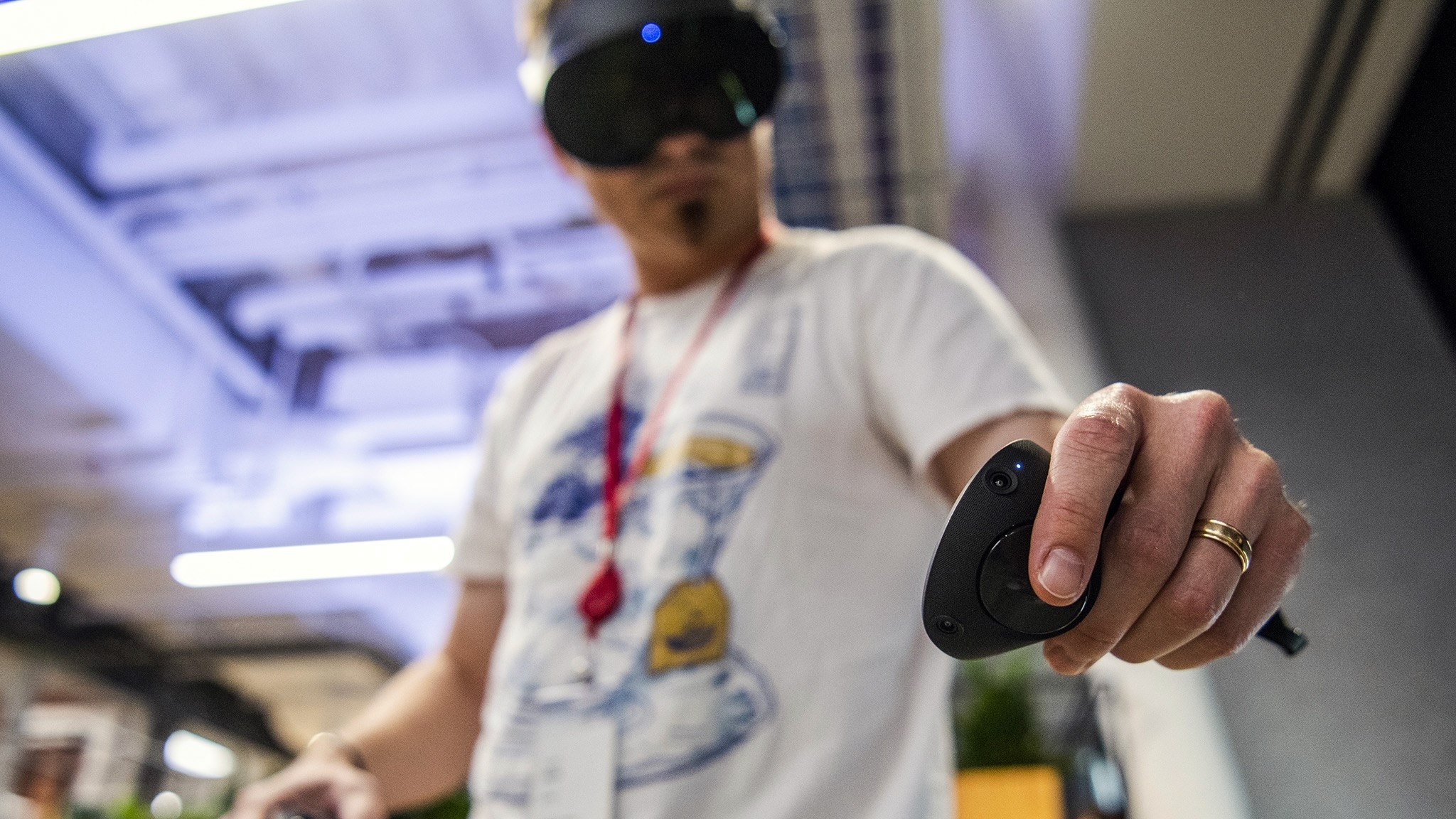
Unlike the Quest 2, which requires a ton of accessories and modifications to get the best experience, the $1,500 Meta Quest Pro doesn't require mods and has several useful accessories out of the box. Still, there are a few Quest Pro accessories that you may want to buy, depending on what you want to use it for.
You've already spent a lot on the headset, so we won't try to sell you stuff you don't use. Here's what you need to know, including what comes in the box with the Meta Quest Pro and the best Quest Pro accessories that you'll actually need.
The best Quest Pro accessories available today
Why you can trust Android Central

Take it to go
This case is one of the most high-quality carrying cases you'll ever own for any piece of electronics. It's got a nylon canvas top and compression-molded EVA exterior shell that's held up to wear and tear nicely over the past few months. A quality handle outside makes it easy to carry, and the purpose-built cradle inside holds both controllers and a charging brick, plus plenty of pockets and extra room for cables and other important accessories. This one is a must-have for travelers that can't be without their Quest Pro.
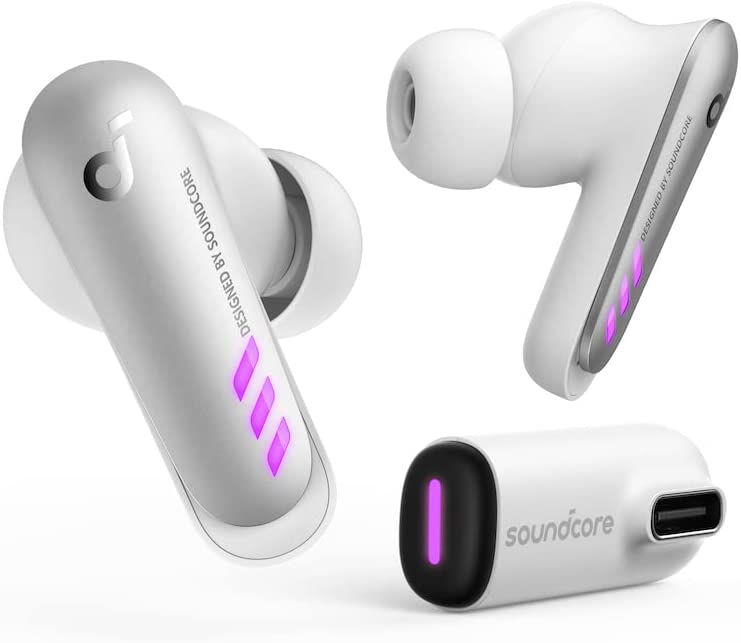
The only VR-certified wireless earbuds
If you prefer in-ear earbuds over larger headphones, Soundcore makes the only set that actually work with VR headsets. Thanks to the dedicated USB Type-C dongle, these earbuds instantly pair with your headset and provide a hassle-free, ultra-high-quality sound experience. They come in a handy charging case and also work with just about any device that has a USB-C port. These are a must-have.
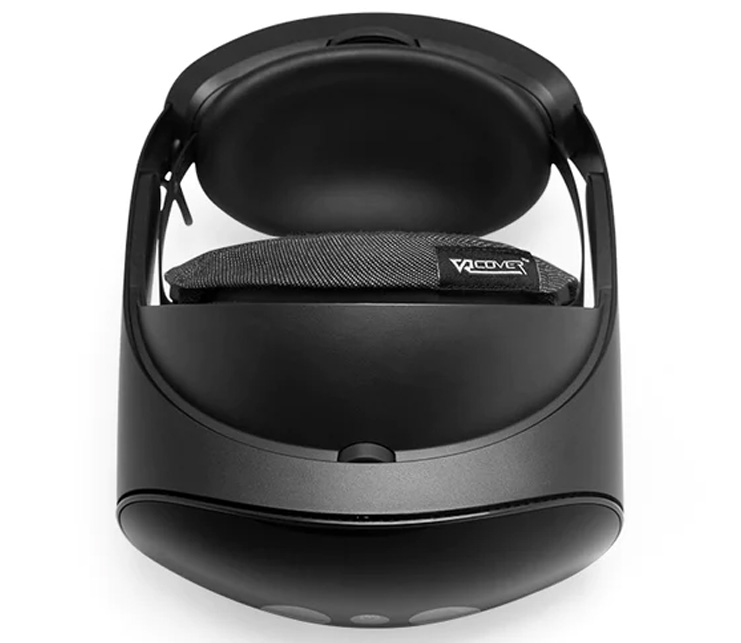
Eliminate the red forehead
This one is my favorite of all the accessories made specifically for the Quest Pro's unique design. It provides much-needed breathability to the forehead pad and makes it possible to play active games like Beat Saber without sweat dripping into your eyes thanks to the soft cotton material. Plus, since it's breathable, I don't have that annoying red spot on my forehead after using the Quest Pro for a few hours.
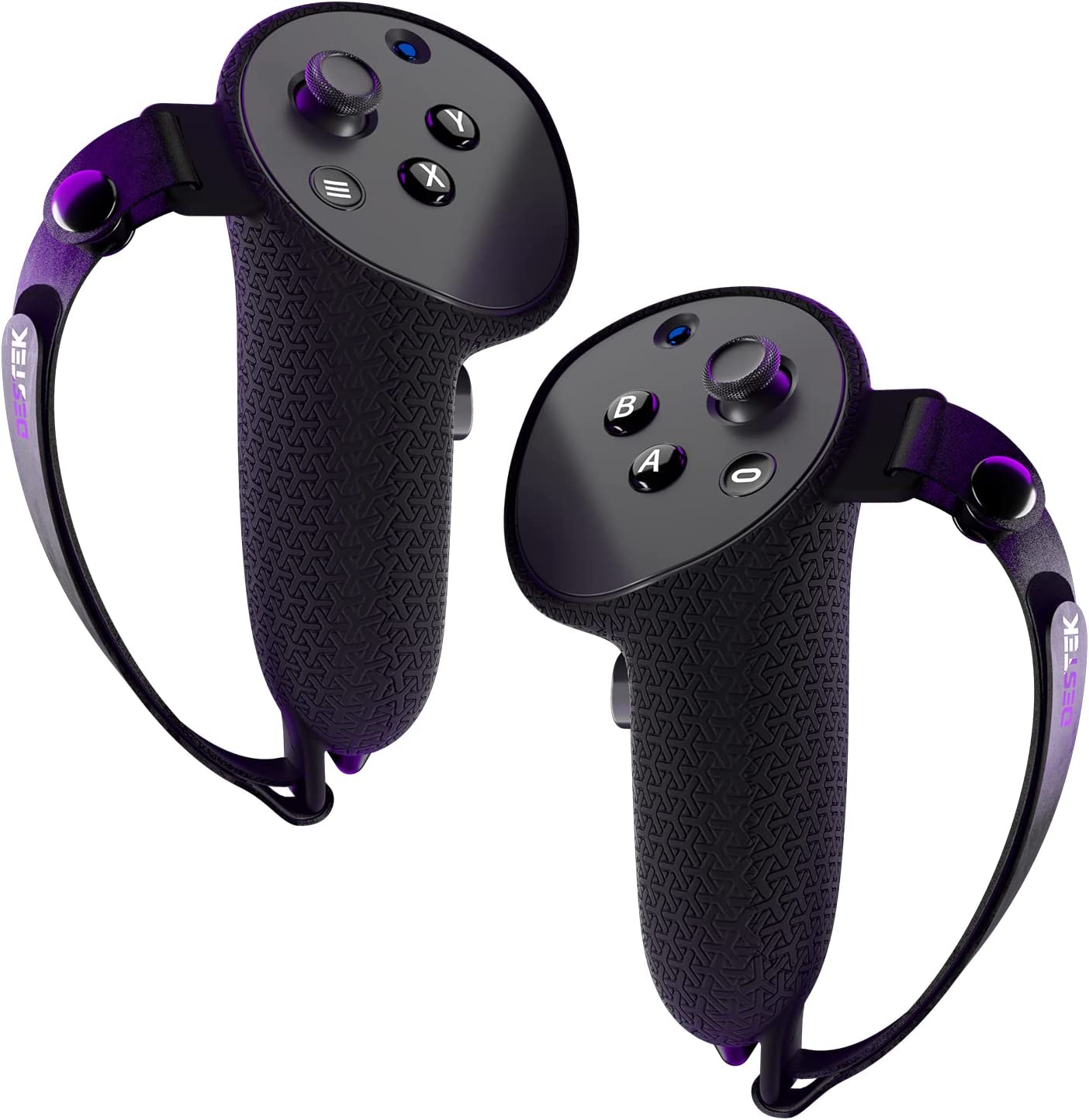
Get a grip on it
The Meta Quest Pro controllers are amazing products but there's one big thing they lack: wrist straps. That makes it hard to throw things in VR because of the way you have to hold the controllers. Let them go without worrying about them flying with these great wrist straps and, as a bonus, the silicone cover keeps them protected and adds grip.
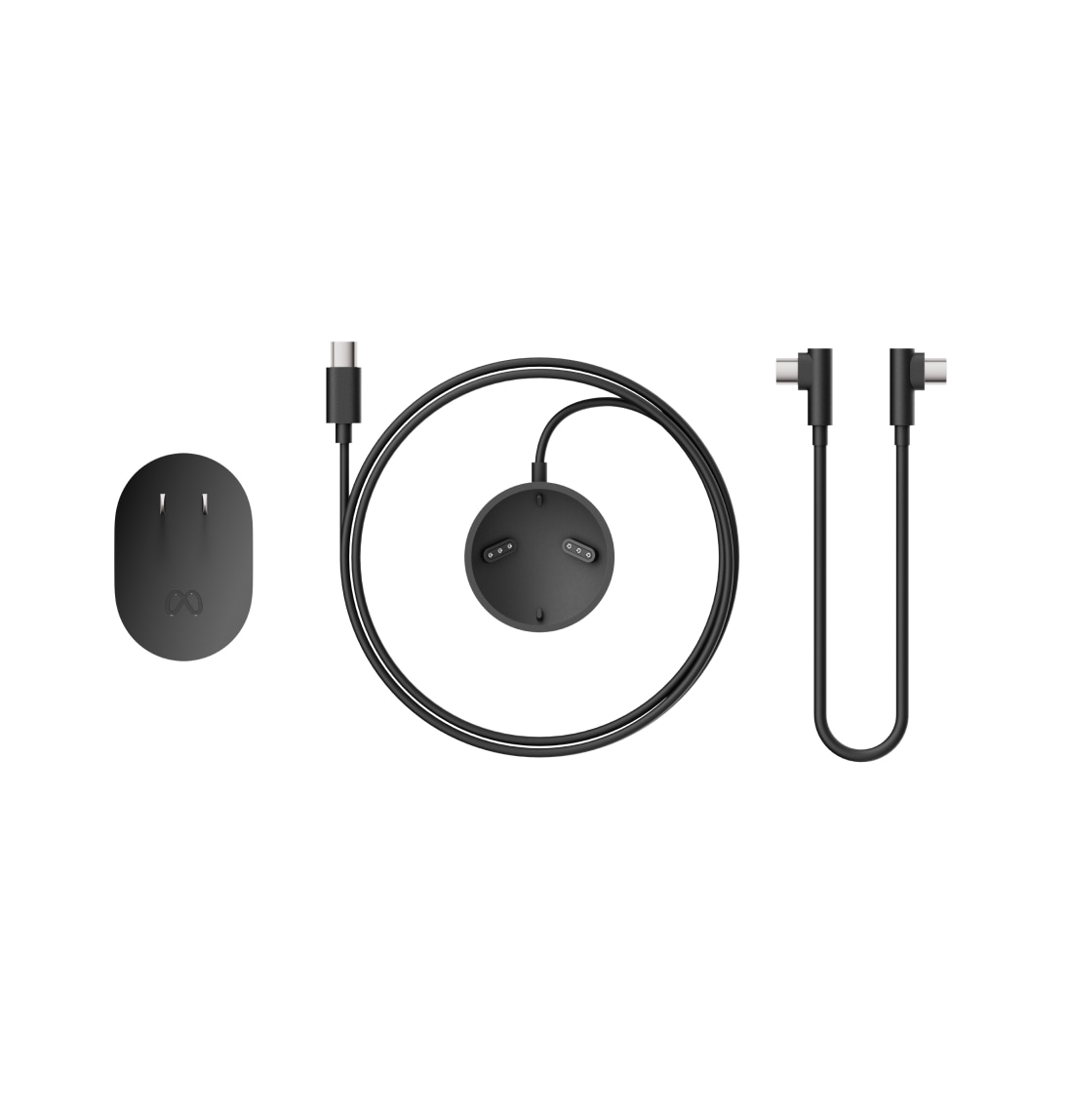
Charging while away
This bundle comes with a UPA 45W Universal Power Adapter to charge your devices, a charging dock where your Quest Pro controllers will sit, and a 25cm USB-C charging cable that plugs directly into your Quest Pro (or Quest 2). It'll easily fit inside your Incase Carrying Case for travel.
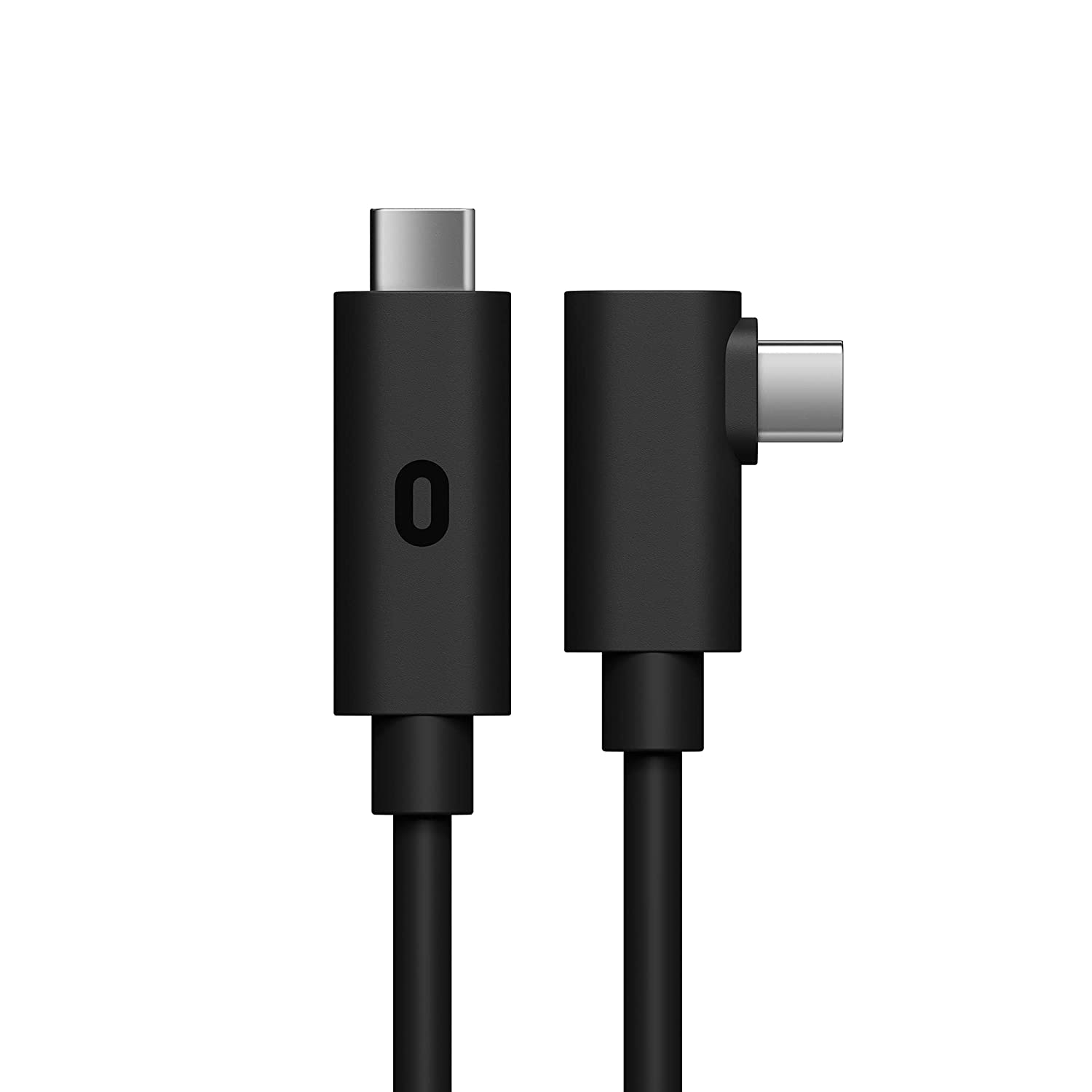
Fast enough for wired PC VR
If you don't trust your router to give you a consistent wireless connection, this 16-foot USB-C cable rated to deliver 5Gbps is your best option while seated at your desk for long work sessions. It could even keep your headset charged for longer, giving you more work time in headset.
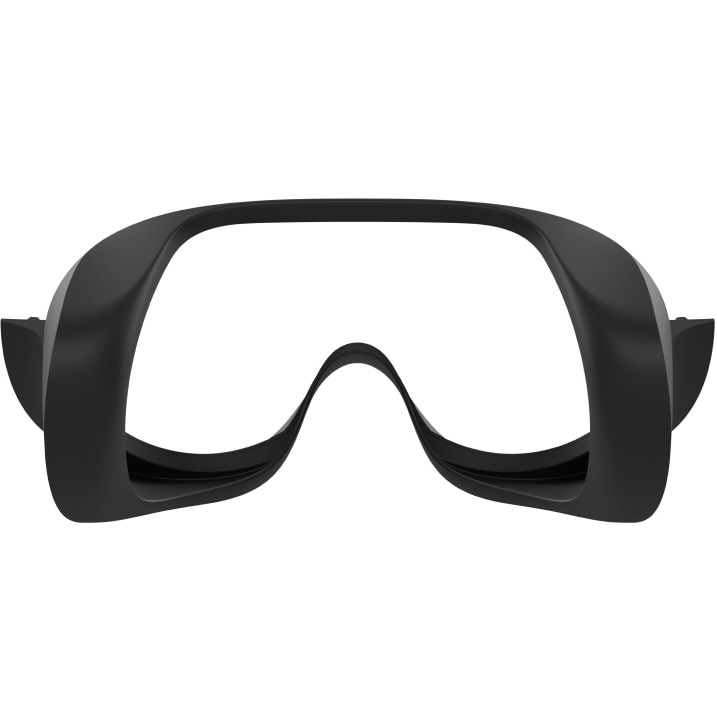
Get fully immersed
The Quest Pro may have better RAM and performance than the Quest 2, but without the official rubberized blockers, you won't be able to enjoy your VR library to the fullest. Meta offers this overpriced full light blocker that'll totally block out your vision of the real world, but we can only recommend it if the partial light blockers — which are included in the box with the Quest Pro — are giving you problems. There are currently no third-party alternatives so this is what you'll have to get if you must have it.
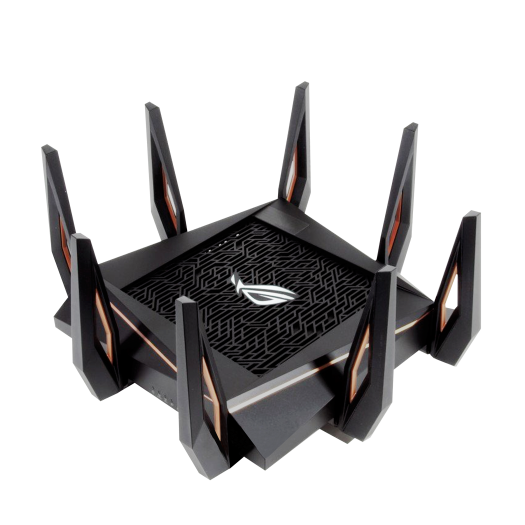
Wireless PC VR really is possible
Our top pick for the best Wi-Fi 6E router available today, the ROG Rapture GT-AXE11000, can hit 4804Mbps at 6GHz and has tons of ports if you need a wired connection. Since the Quest Pro can support Wi-Fi 6E connectivity, you may want a router that gives you the fastest possible speed.
What accessories are bundled with the Meta Quest Pro?
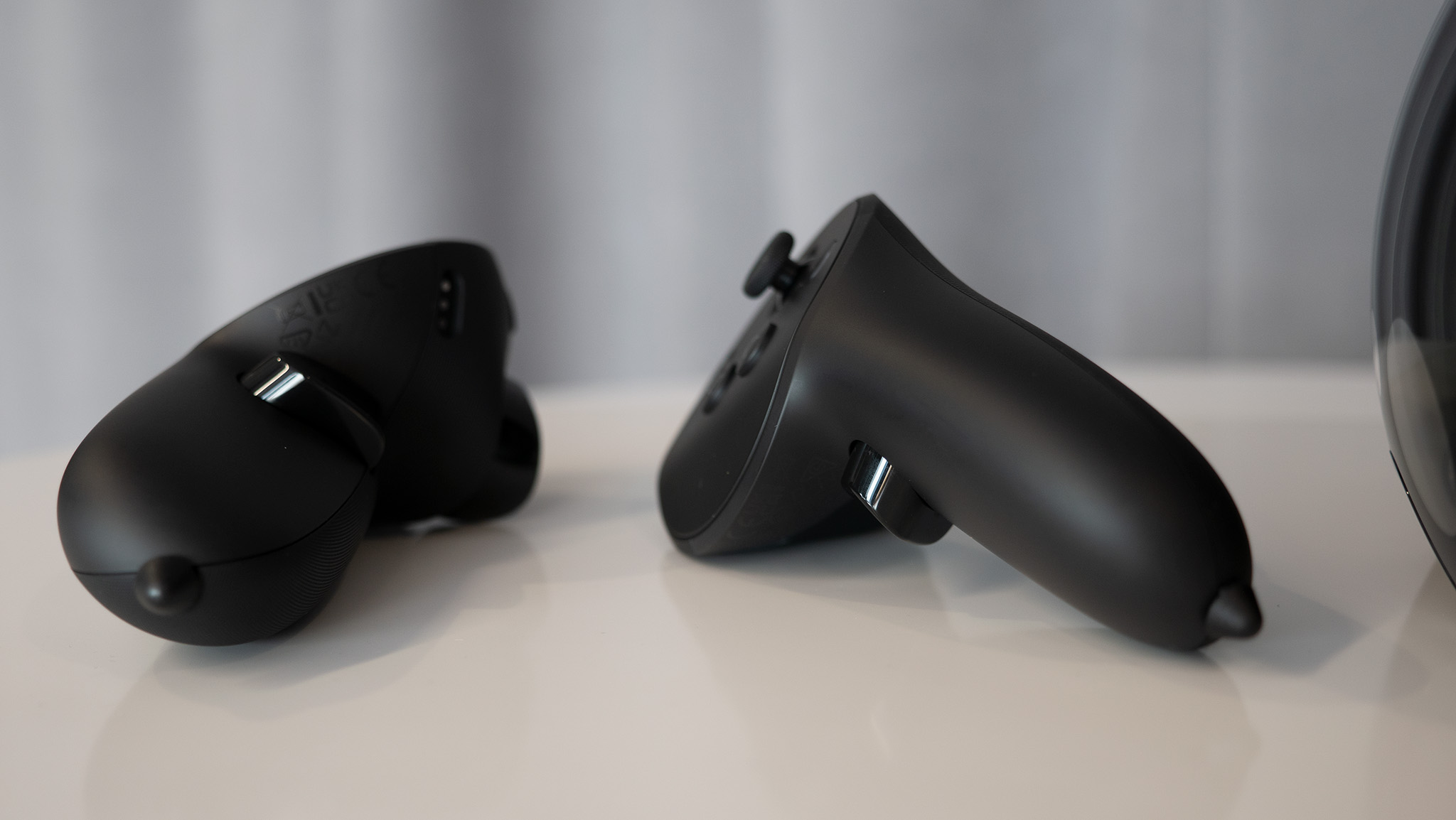
The most important bundled accessory with the Meta Quest Pro are the Quest Pro controllers, as well as detachable stylus tips. Measuring 130 x 70 x 62mm (5.1 x 2.75 x 2.4 inches), the Pro controllers have a Snapdragon 662 chip inside of them to power three tracking cameras each. Where the Oculus Touch controllers are tracked by the headset and can lose tracking in dead zones above your head or behind your back, you'll never lose positioning with these.
They also have enhanced TruTouch Haptics that make you feel like you're actually gripping virtual objects or writing on a virtual dashboard. Add in 1-to-1 finger tracking and "precision pinch movements," and these are the best VR controllers we've ever tested. They're even compatible with the Quest 2, though you'll have to buy them separately for $300.
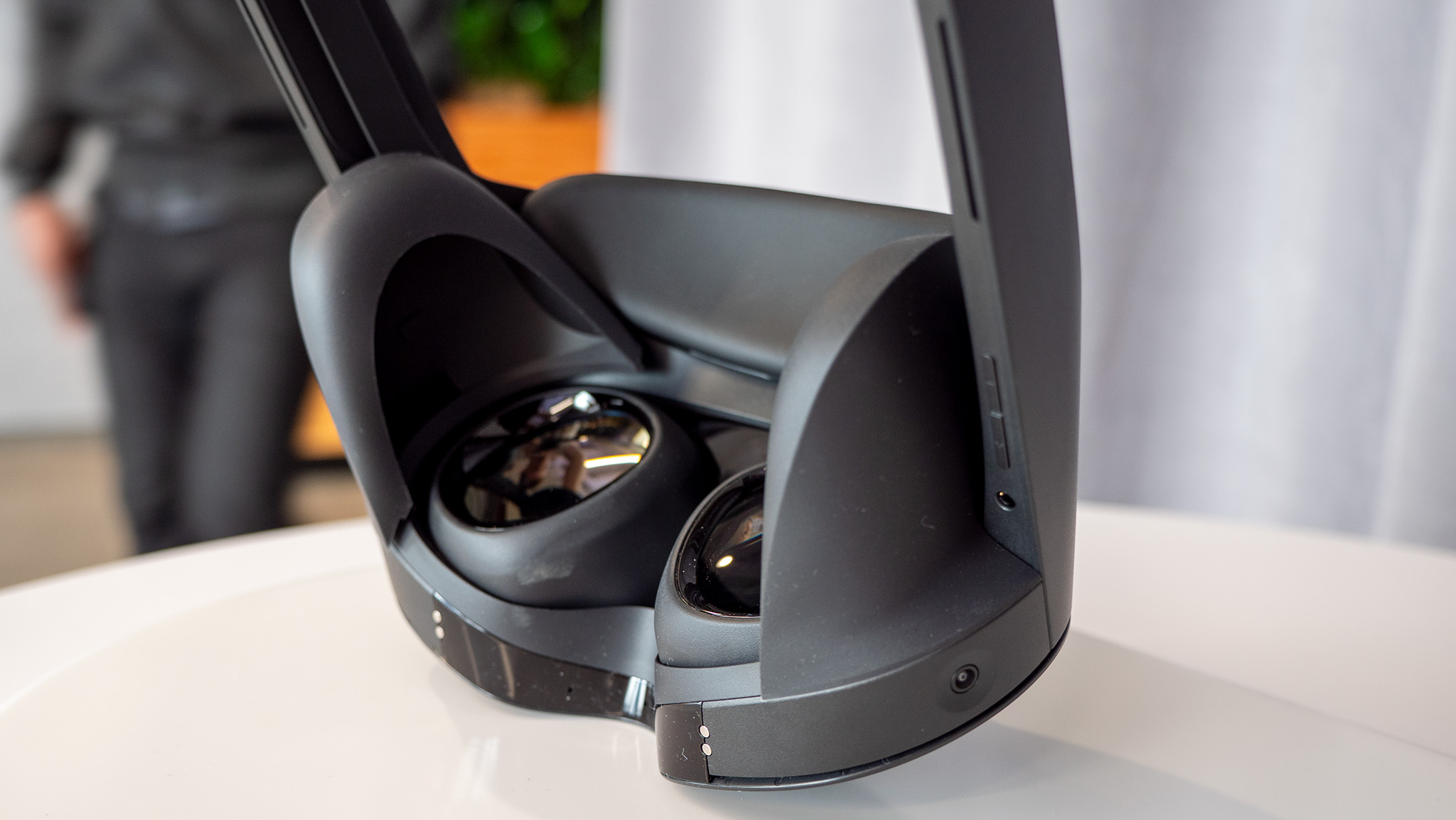
The Quest Pro also comes with a partial light blocker facial interface, which magnetically attaches to either side of the headset. By default, you can use the Quest Pro without anything blocking your surroundings. Our tester Nick Sutrich said he felt "more confident of my actions in mixed-reality applications" without the blockers because he could see the full room and possible trip hazards at all times. But if you're working at a desk, these partial blockers will keep you focused.
Lastly, the Quest Pro comes with a 45W USB-C charging dock. Both the headset and controllers with rechargeable batteries have a two-hour battery estimate — though you can make the controllers last longer if needed — before you'll need to seat them on the dock.
What Quest Pro accessories do you need?
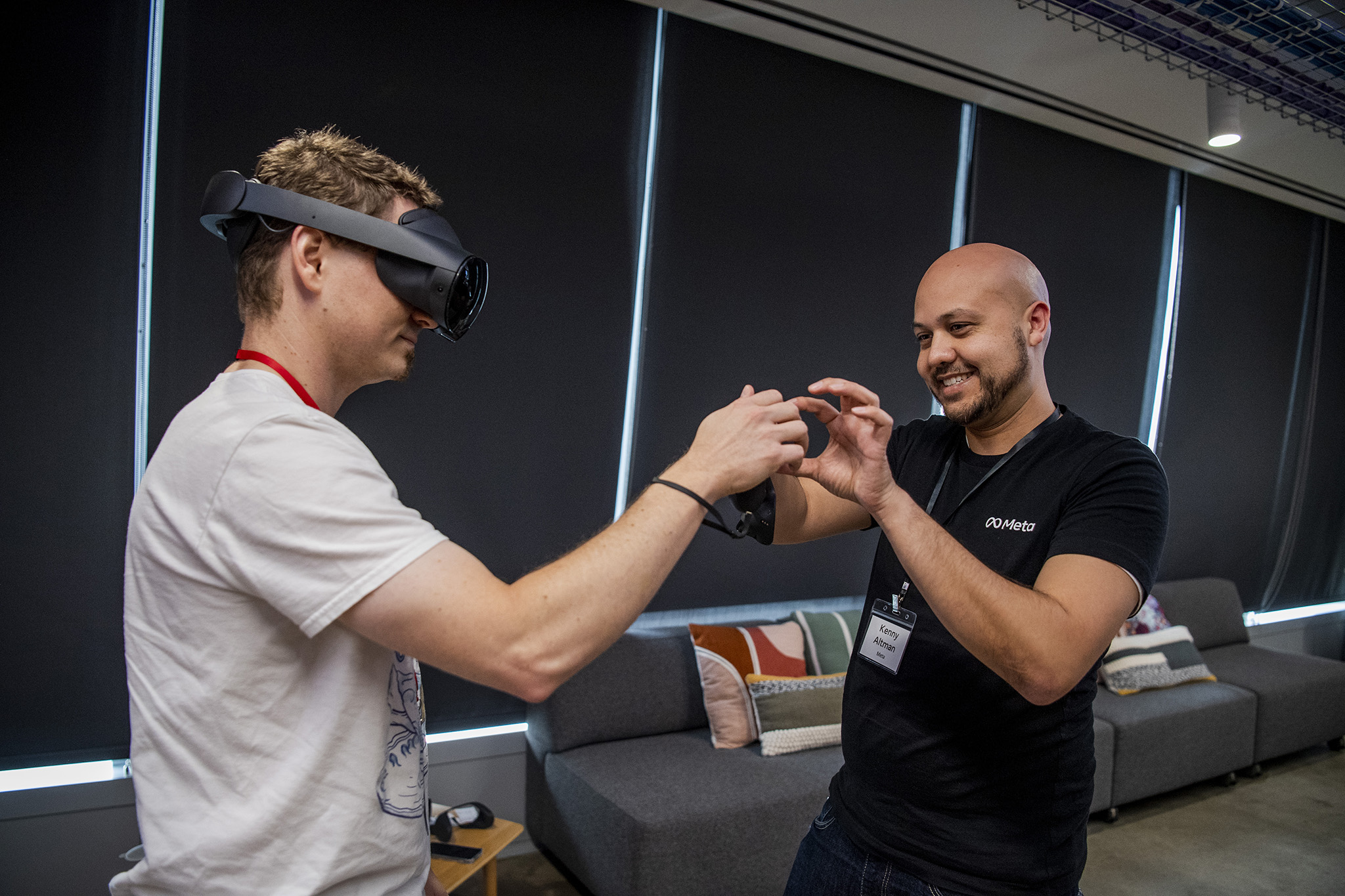
If you intend to use your Quest Pro for VR gaming as well as mixed-reality, you absolutely need the Meta Quest Pro Full Light Blocker. The partial blocker in the box leaves a huge gap at the bottom that lets light in and is very immersion-breaking; our tester Nick Sutrich said that it made smooth locomotion disorienting when the real world doesn't move with the virtual world.
Next, you may need a Quest Pro carrying case. Meta designed the Pro as a virtual computer and office in one, and if you work from home, you can just keep it on the dock with no issues. But if you need to take your Quest Pro on the go to a conference, or want to keep your Pro protected from accidents or pets, the Incase Carry Case is the only official case available as of launch.
If you do plan to take your Quest Pro on the road, you won't want to pack the bulky 45W dock in your luggage. So you'll also need the Meta Quest Pro Compact Charging Dock, which is exactly what the name sounds like. It charges both the Quest Pro controllers and "any Meta Quest headset with a USB-C connection," so you can also use it with the Quest 2 and Pro controllers if you want.
Next, while the Quest Pro speakers are an "immediately noticeable upgrade from the Quest 2" with a "full range of sound [and] palpable bass," you may need headphones if you're in an office environment and don't want to annoy the people around you. The Quest Pro uses two 3.5mm audio jacks, one on each side, so you'll need the official VR earphones rather than standard headphones.
Lastly, while the Quest Pro has Wi-Fi 6E support and can connect to your computer wirelessly, you can pair it with an official Link cable or a cheaper Link cable alternative for a dedicated, dependable connection.
What you won't need is an alternate strap or face cover like the Quest 2 does. The default halo-style strap can't be removed, but it's so comfortable and easy to adjust that you won't want to. And the facial interface is extremely comfortable. Plus, because the strap lets you adjust the distance between your face and the lenses, you can comfortably wear glasses without a spacer.
Get the latest news from Android Central, your trusted companion in the world of Android

Michael is Android Central's resident expert on wearables and fitness. Before joining Android Central, he freelanced for years at Techradar, Wareable, Windows Central, and Digital Trends. Channeling his love of running, he established himself as an expert on fitness watches, testing and reviewing models from Garmin, Fitbit, Samsung, Apple, COROS, Polar, Amazfit, Suunto, and more.
